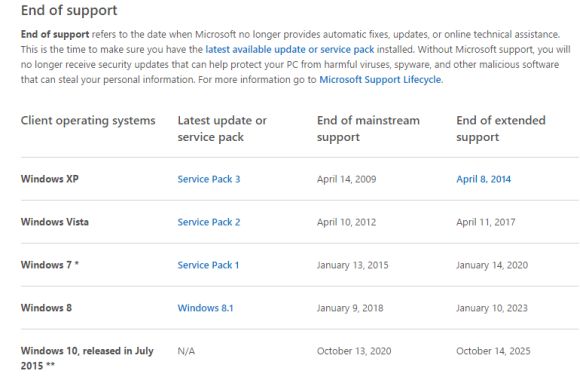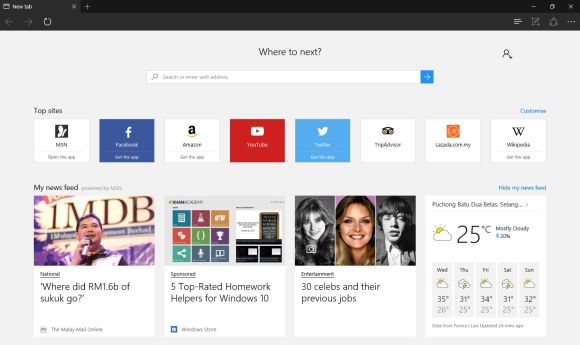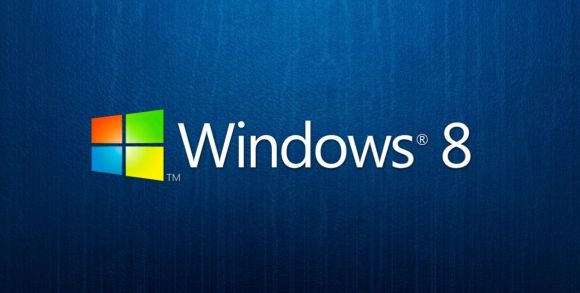As with all old software, Microsoft is terminating support for Windows 8, as well as older versions of its Internet Explorer (IE) web browser — IE 8, IE 9 and IE 10. This is to facilitate the push towards Microsoft’s new operating system, Windows 10. When we say terminate, we don’t mean that your Windows 8 machine will just up and die or stop working straight away, it’s just that Windows 8 won’t receive updates, security fixes and bug fixes it used to get.
If you are running on Windows 8 though, don’t worry because there is a simple way around this issue.
Besides the obvious upgrade to Windows 10 being one of the solutions, Windows 8 users can also upgrade to Windows 8.1, which based on their lifecycle fact sheet, will continue to receive updates for two more years until January 9, 2018. If you’ve read the horror stories of Windows 10’s ominous privacy terms and want to avoid such dangers by staying on an older version of Windows, you can now do so.

As you can see, today also marks the end of Windows 7 service Pack 1’s mainstream support — but don’t worry you will still continue to receive security updates as extended support will go all the way to January 14, 2020. All you lose is the mainstream support which includes free incident support, warranty claims and fixes for non-security and security bugs, plus design changes and feature requests. Based on statistics published by Tech Crunch, 2-3% of PCs (30-40 million devices) are still running on Windows 8, while Windows 7 is said to currently be in use on 56.26% of global PCs.
Why is it important to keep your system updated and within Microsoft’s support lifecycle? Well, the first and most obvious reason is security. As operating systems lose their security updates, they become vulnerable to new malware and potential attacks, which puts your information as well as your system at risk. Microsoft, via updates, patches these new vulnerabilities when they come up so that these exploitable holes are fixed. Once that support ends, you lose all protection against future vulnerabilities.

Besides Windows 8, Microsoft is also terminating support for older versions of IE, urging users to upgrade either to IE 11 or Microsoft’s new Edge browser. I’ve personally never been a fan of IE because of how messy the interface is and how clunky it makes browsing feel, so it comes as a surprise to me that 20% of the desktop web browser market still uses the older versions of IE (8, 9, 10) as their daily driver. Unfortunately for those people, they will have to migrate to either the new IE 11, Microsoft Edge, or other third party browsers like Chrome or Firefox, or else they would be facing security vulnerabilities when browsing the web.
Microsoft Edge, the built-in browser on Windows 10, promised much in terms of functionality and performance. Things like extensions were supposed to come to Edge to keep it up to par with browsers like Google’s Chrome but til this day, there is still no sign of those extensions anywhere. I don’t know about you guys but I definitely need my extensions.
Killing off old software is nothing new, and I welcome it because not only does it allow software developers to focus on their latest and greatest product, it also allows them to free up valuable resources to focus on new projects. Resources that would otherwise go to updating and patching old software can now be redirected towards either new software or the improvement of current software.
[SOURCE, 2, IMAGE SOURCE]







